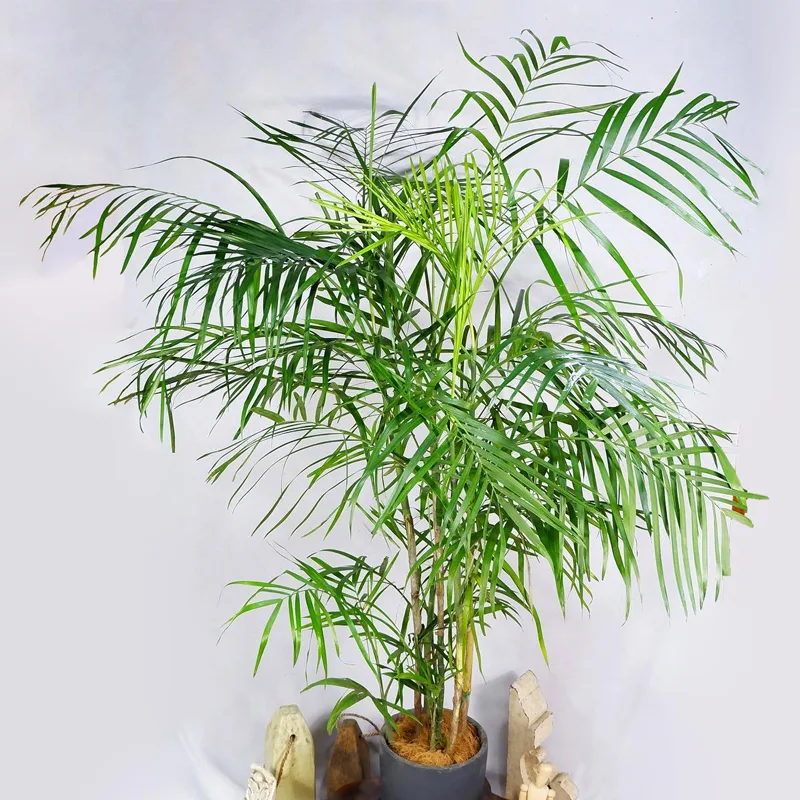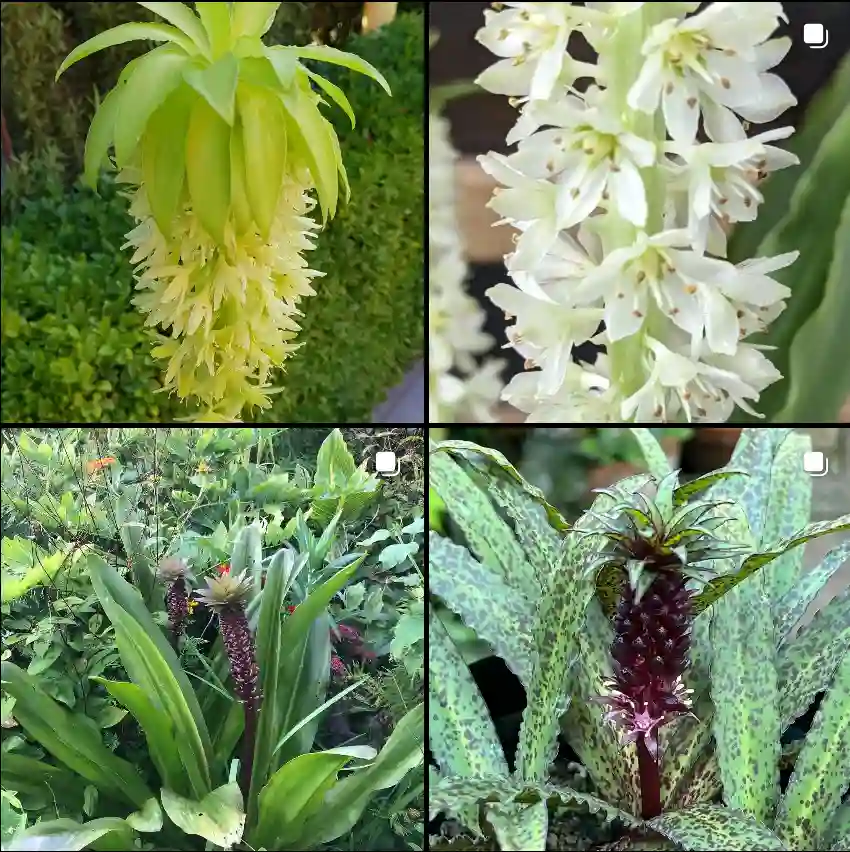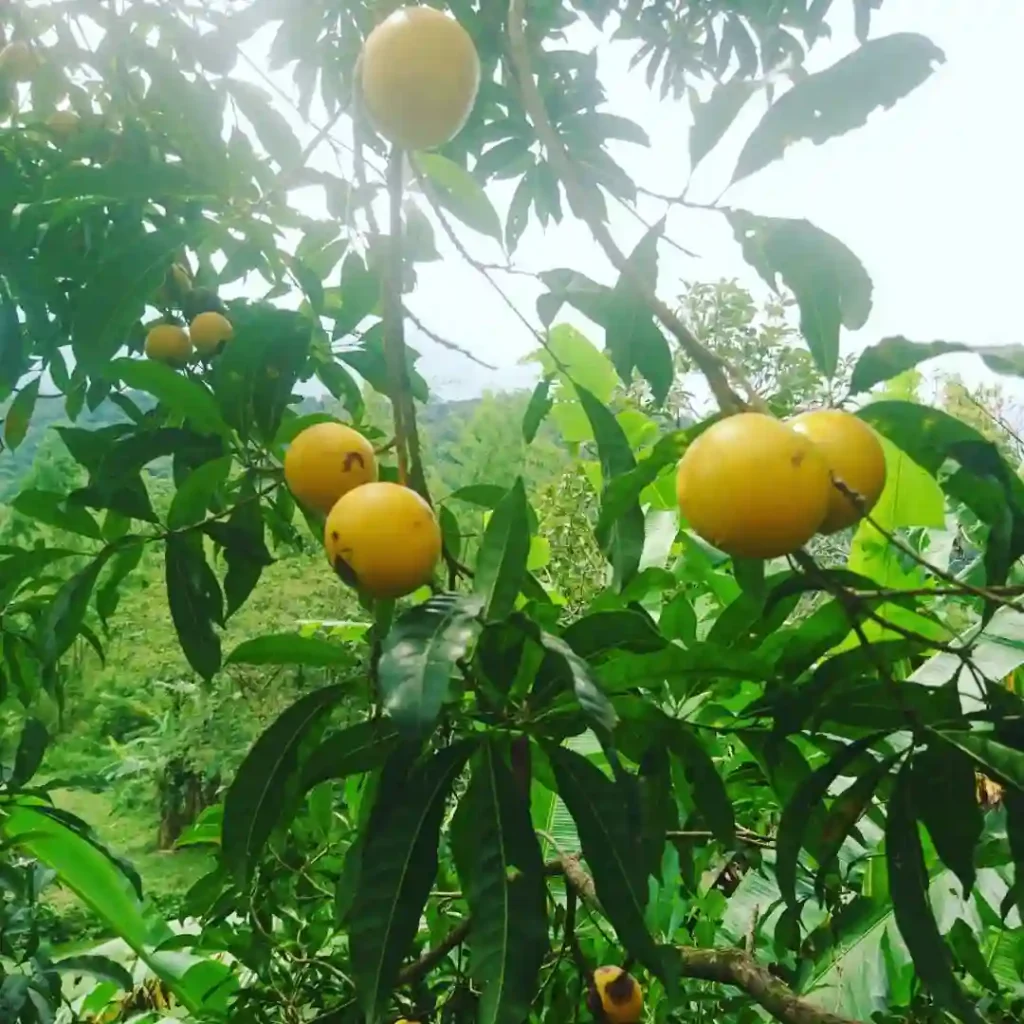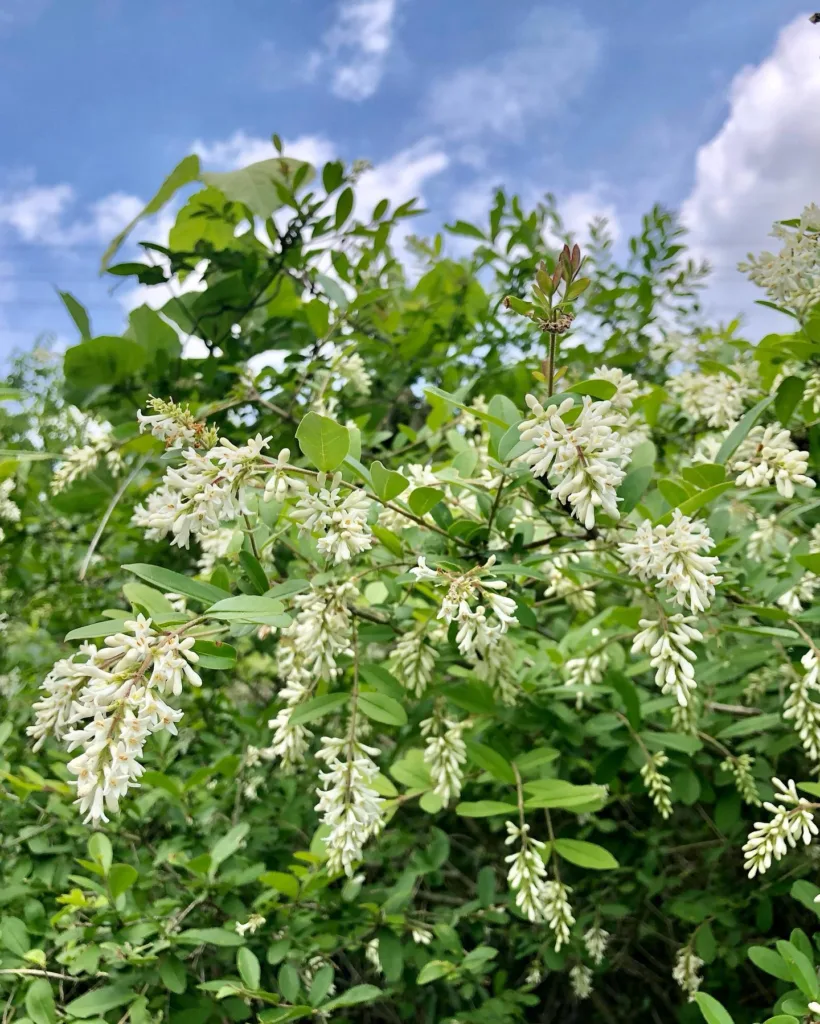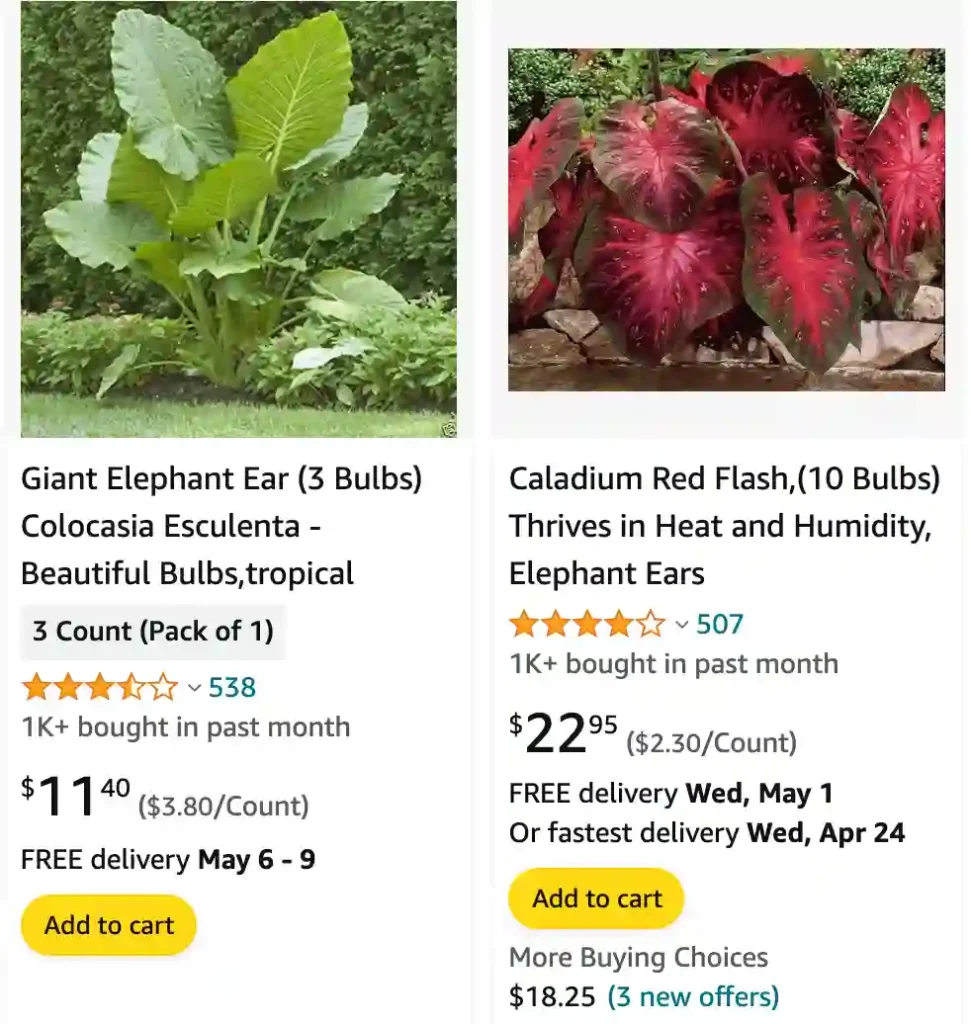
How to plant elephant ear bulbs?
Planting elephant ear bulbs was definitely a learning curve for me. My first attempt, I excitedly tossed them in the ground and waited. And waited. Nothing! Turns out, those bulbs need warmth to sprout, something I hadn’t even considered. Luckily, some online research fixed that – I soaked them in warm water overnight and started them off in pots indoors until the weather cooperated. Now those enormous, lush leaves are the envy of the neighborhood, and let me tell you, they make quite the statement! This experience definitely solidified my love for gardening. There’s a joy in watching a plant thrive because of your care, and elephant ears are a rewarding testament to a bit of effort.
When to plant elephant ear bulbs?
For me, the best time to plant elephant ear bulbs is when the weather starts truly feeling warm and settled. I find it’s more about the soil temperature than the calendar date, though. Once the ground is consistently above 65°F and the nights aren’t dipping down too low, it’s go-time! It makes me feel like spring has truly arrived, and I know those bulbs will get the cozy conditions they need to flourish. Last year, I actually started a couple of bulbs indoors in pots a few weeks early and then transplanted them outside. That gave me a head start and even bigger plants by summer!
Are elephant ears poisonous to dogs?
Sadly, yes, elephant ears can be troublesome for our furry friends. I’ve always adored their big, beautiful leaves, but I learned the hard way that they hold a nasty secret. My neighbor’s curious pup once decided that the plants deserved a taste test. Poor thing was drooling excessively and pawing at his mouth something fierce. Luckily, the vet was able to help, but it was a scary experience. Ever since then, I’ve been extra careful about where I plant them and always keep an eye out when my neighbor’s dog is around.
Do elephant ears come back every year?
Whether elephant ears come back every year really depends on where you live. Here in the warmer climate where I’m at, they’re practically unstoppable. They die back a bit in the winter but always return with a vengeance once the sun comes back! I’ve even found a few cheeky volunteers popping up in unexpected places. However, a friend who lives up north told me she treats them as annuals since the bulbs don’t survive those freezing winters. She digs them up and stores them indoors, ready to replant in the spring. It sounds like there’s an option for everyone, depending on your commitment level!
Do elephant ears spread?
Oh, do they ever! I’ve learned this lesson firsthand. I started off with just a couple of elephant ear plants tucked neatly into a corner of my garden bed. Fast forward a couple of years, and they’ve taken over the entire space and are even eyeing my neighbor’s yard with ambition! Their spreading nature is both a blessing and a curse. I love how they fill out areas with lush greenery, but keeping them in check has become an annual chore. Now, I either plant them in large containers or choose a variety known for its clumping habits.
How to propagate elephant ear?
I find propagating elephant ears to be so satisfying! The best way for me is division. In early spring, when the plant is just starting to perk up, I gently dig it up. Then comes the fun part: I carefully separate the tubers (they look a bit like potatoes) making sure each piece has some healthy roots and a promising bud. I pot those babies up, give them a good drink, and voila – new plants! It always feels like a bit of gardening magic to me, watching a single plant multiply. Plus, I love being able to gift my extra elephant ears to friends and neighbors.
Where to plant elephant ears?
Finding the perfect spot for elephant ears has been a bit of trial and error for me. They love warmth and humidity, so I always choose a spot with plenty of sunshine – partial shade is okay too, especially during the hottest part of the day. I also learned they’re thirsty plants, so I tend to plant them near a water source or in an area that naturally stays moist. A few years back, I tucked some into a low-lying spot in my backyard that tends to get boggy, and they absolutely exploded! Now I always look for places with rich soil and good drainage – they seem to love it.
Do elephant ears like full sun?
It depends on the variety! Some elephant ears absolutely thrive in full sun, especially the ones with darker leaves – the deep color seems to help them tolerate the intense light. However, I’ve found that varieties with lighter green or variegated leaves prefer a bit of protection from the midday sun. In my garden, they get full morning sun but have some dappled shade in the afternoon. I’ve also had success growing elephant ears in containers on my patio which allows me to easily move them around depending on their sun preferences.
How to store elephant ear bulbs?
I live in a warmer climate, so I don’t have to store my elephant ear bulbs over the winter— they stay happy in the ground year-round. But, I have a friend who lives in a colder region and she’s become a pro at bulb storage. Since elephant ears are sensitive to frost, she digs them up in the fall once the leaves start to turn yellow. She lets them dry out for a few days, then brushes off the excess soil and packs them away in a box filled with peat moss or sawdust. Storing them in a cool, dark place like a basement or unheated garage keeps the bulbs safe and ready to replant come springtime.
How to take care of elephant ear plant?
I find caring for elephant ears to be surprisingly low-maintenance, especially considering how dramatic those giant leaves are! The most important thing for me is watering. These thirsty plants love consistently moist soil, especially during the hot summer months. I like to give them a deep soak rather than frequent light waterings. I also fertilize them every few weeks with a balanced fertilizer to fuel their growth. Besides that, I simply cut back any yellowing or droopy leaves. Their resilience really impresses me – even with minimal attention, they always reward me with lush, tropical vibes.
What are elephant ears?
Elephant ears are these incredible plants with massive, heart-shaped leaves that seriously resemble, well, an elephant’s ears! But, they offer more than just their eye-catching appearance. Some types are grown for their starchy, edible tubers (think taro), while others are simply beloved for their lush, tropical vibes. They come in a ton of varieties – different colors, patterns, and sizes. I have some that are practically dwarf-sized for my containers and others that tower over me! Elephant ears are truly a statement plant, adding a touch of the exotic wherever they grow.
Are elephant ears poisonous to cats?
Yes, unfortunately, elephant ears are considered toxic to cats. They contain something called calcium oxalate crystals, which are like tiny, sharp needles to a cat’s mouth and digestive system. I learned this the hard way when my neighbor’s curious cat took a nibble. It caused a lot of drooling, irritation, and discomfort for the poor thing. Since that incident, I’m super careful about planting elephant ears anywhere my feline friends might be tempted to explore. It definitely made me appreciate them from a distance!
Why are my elephant ears turning yellow?
When my elephant ears started turning yellow, I found that they were either getting too much water or not enough sunlight, so I adjusted their care accordingly.
Can elephant ears grow inside?
Growing elephant ears inside has been a challenge for me due to their need for high humidity and bright, indirect light, but it’s definitely possible with the right setup.
Do elephant ears bloom?
I’ve noticed that my elephant ears rarely bloom, but when they do, the flowers are small and not very showy compared to the striking leaves.
Can you eat elephant ear plant?
While I know some parts of the elephant ear plant are edible, I personally avoid eating them due to the need for proper preparation to remove toxins.
Elephant Ear vs Taro
Taro and elephant ear always confused me. I mean, they look so similar, it’s like trying to tell identical twins apart. I remember trying to grow taro once, thinking I was getting a beautiful elephant ear. Imagine my surprise when the leaves were smaller and the root was edible! Live and learn, I guess.
Elephant Ear vs Alocasia
Alocasia and elephant ear – two names, two completely different vibes. Elephant ears feel like old friends, big and bold, easy to care for. Alocasias, on the other hand, are the dramatic divas of the plant world. Their leaves are showier, but they’re also much pickier about their environment. I’ve killed more alocasias than I care to admit.
Elephant Ear vs Arrowhead Plant
Arrowhead plants are like the dainty little sisters of elephant ears. They’re delicate and graceful, with those arrow-shaped leaves that are just so charming. My elephant ears, though, are the sturdy, reliable older siblings who can handle anything I throw at them.
Elephant Ear vs Caladium
Caladiums are the confetti of the plant world. Their leaves are a burst of color, a tropical party in a pot. Elephant ears, while beautiful in their own right, are more subdued. They’re the steady rhythm to the caladium’s upbeat tempo.
Elephant Ear vs Fry Bread
Now, this one’s a stretch, but hear me out. Fry bread is the ultimate comfort food, soft and satisfying. Elephant ears, with their big, welcoming leaves, remind me of that same warm, comforting feeling. Plus, they’re both pretty hard to mess up.
Elephant Ear vs Monstera
Monsteras and elephant ears are the dynamic duo of the plant world. They’re both big, bold, and undeniably cool. But while monsteras have that edgy, trendy vibe, elephant ears are more classic and timeless. I love them both for different reasons.
Elephant Ear vs Bird of Paradise
Bird of paradise is exotic and glamorous, like a movie star. Elephant ears, while stunning in their own way, are more down-to-earth. They’re the reliable friend you can always count on, while the bird of paradise is the one you admire from afar.
If i die, water my plants!
